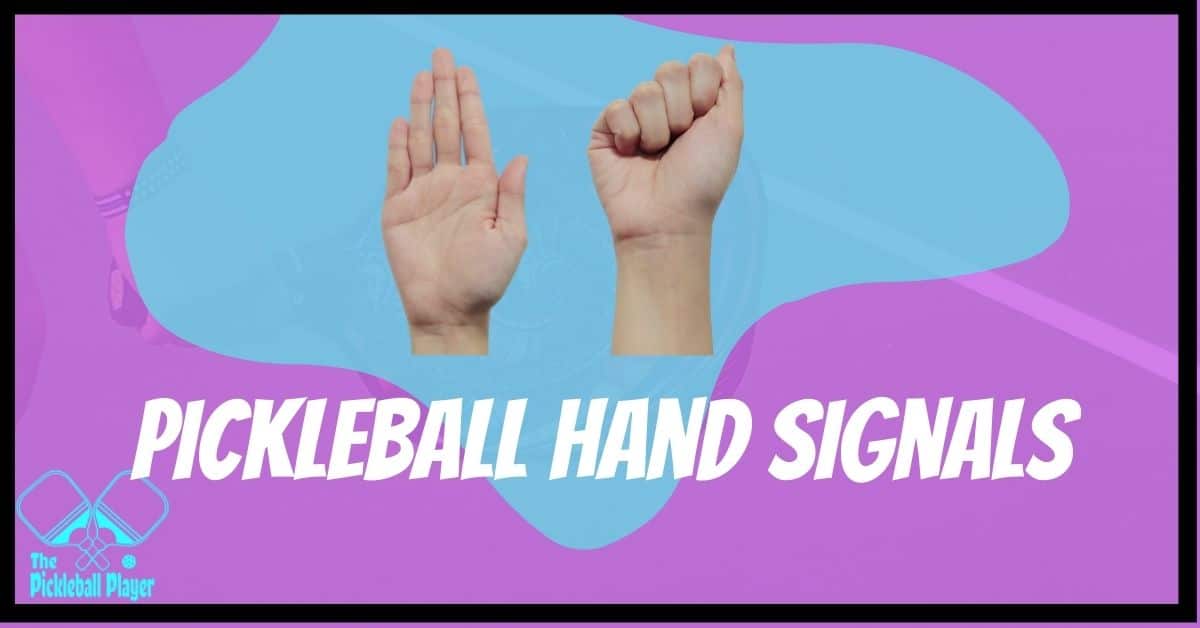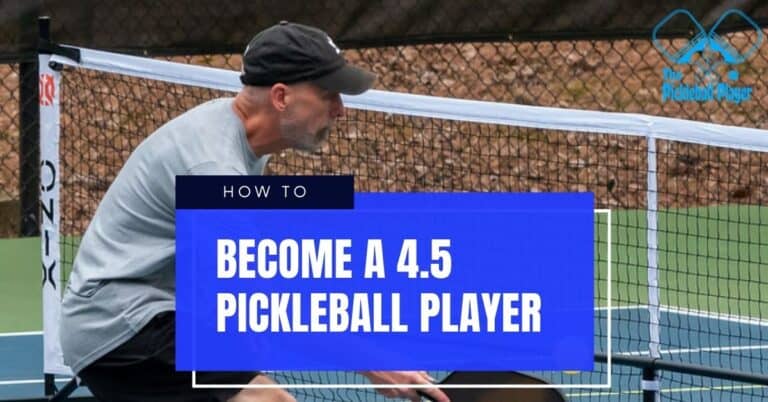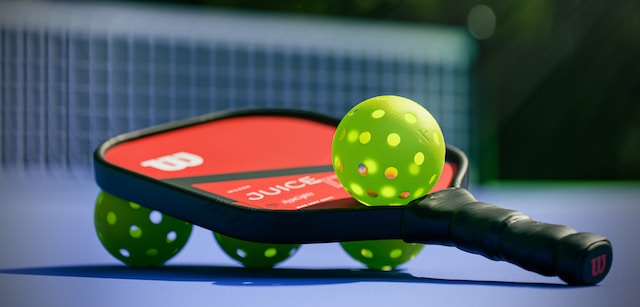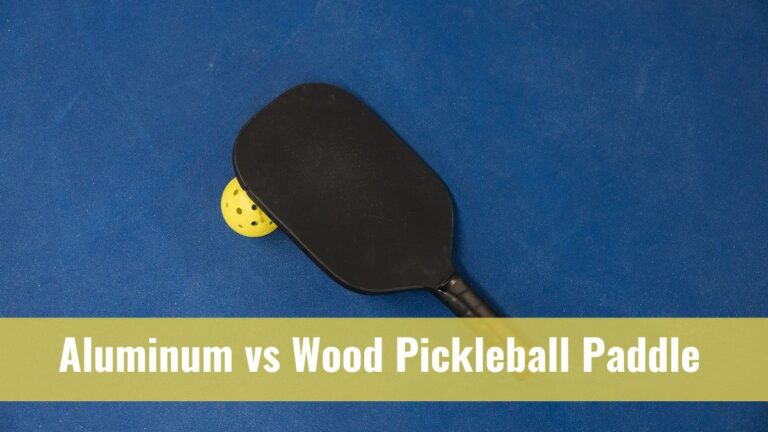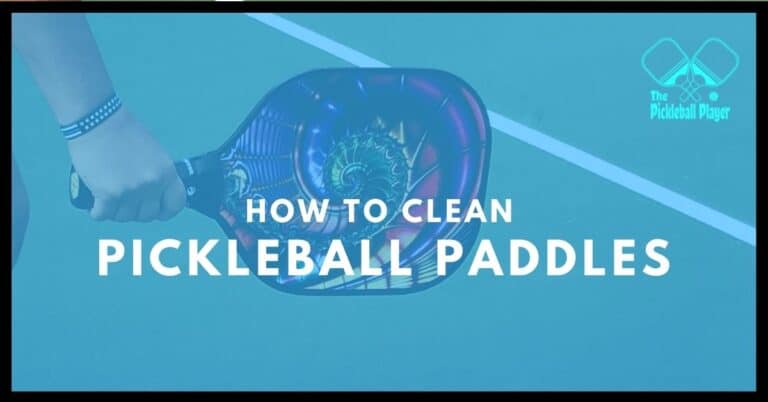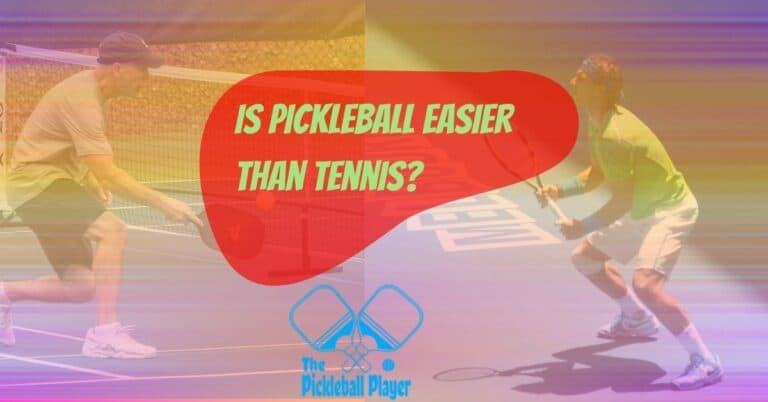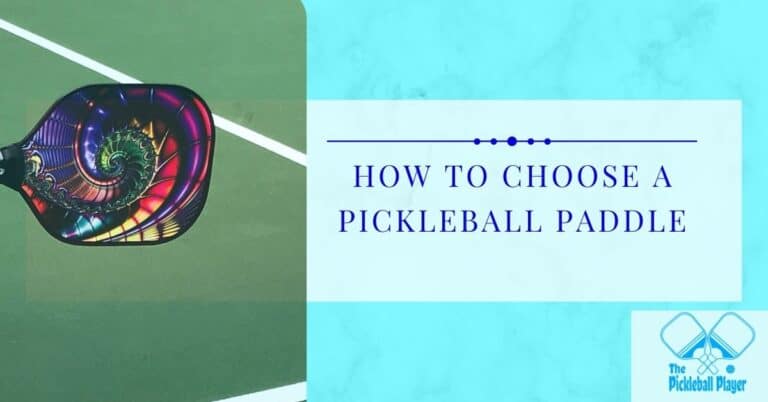Pickleball Hand Signals: Everything You Need to Know
Are you new to pickleball and can’t understand why players keep giving signals to each other? Or you might want to up your game by learning to signal like pros. These strange pickleball hand signals, often confuse the new players or spectators. In any case, we will describe what these hand signals are, how to use them, and the benefits of using them.
Pickleball is not only a game of physical abilities, reflexes, and practice. But, it has some tricks, strategies, and etiquette that players follow and enjoy their game. Sometimes there is a spark of surprise; at other times, unmatched sportsman spirit. This is why this game is spreading like fire in America.
Let’s see how pickleball hand signals make this game more fun and unpredictable at the same time.
Table of Contents
- What Are Pickleball Hand Signals?
- Pickleball Stacking Hand Signals (For Switching)
- Hand Signals for Line Call
- The Bottom Line
What Are Pickleball Hand Signals?
Hand signals are the hand movements and gestures, used as code words in doubles games. Players use hand signals to communicate with their partner, without letting the opponent know. It is a strategy to get the upper hand on their opponents. Any player can use them at any level of the game, but it’s frequently observed in pro doubles.
For the maximum results, the only thing that matters is your team has a plan and knows how to execute it. In case you’re wondering, hand signals are not considered cheating in pickleball.

For strategic games, most hand signals are used for switching while stacking.
There’s another use of hand signals too. You might have seen another type of hand signal for the line call. Players use them when they call if the ball is ‘In’ the court or ‘OUT.’
But, let’s discuss pickleball hand signals for stacking/switching first.
Pickleball Stacking Hand Signals (For Switching)
When playing pickleball, players use both stacking and switching to maximize benefits. The players move to the side where they can perform better.
In case you don’t know what stacking is, you can read about pickleball stacking here.
Yet, in switching, there is the surprise factor involved. You can suddenly switch sides with your partner and let them hit the shot that was intended for you.
In this case, after returning the serve, right-side players move to the left side and the other one to the right.
Another question that arises is: Who will give hand signals in pickleball? The person close to the net will give the signal, as they can show their hand behind the back to hide their signal.
Even though, there are no set rules about hand signals. These are some commonly-used hand signals.
Hand Signal for Switching: Open Hand Signal
An open hand signal is, opening your palm at your back and letting your partner see it. That signal means you intend to switch sides and want him to cover your side. You will not move your hand or take action until your partner verbally shouts YES or NO.
It is hard to tell if your partner is looking at you and your signal as the front player. So, the success of this tactic depends on your partner’s loud reply, ‘YES’ or ‘No’.
Hand Signal for Staying on Your Side: Closed Hand/Fist Signal
You will show a fist (keeping your fist at your back) to your partner to inform them that you are not switching your side, and you will play from your own side.
Once again, hearing your partner’s reply is a must, and you should not move until receiving a clear answer.
Remember: Even if you are staying on your side, make sure to signal it. If you only signal when switching, your opponents can quickly understand it.
Fake Switch/False Hand Signal
Another interesting thing you might have seen people do is, faking a switch when they actually intend to stay. For this also, hand signals are used. It will throw your opponent off a little before they can predict what your intentions are. The hand signal for a fake switch is to repeatedly open and close your hand.
In short, communication is the key to getting the best results.
Benefits of Switching
Switching will provide you with the benefit of surprise and confuse your opponent. You can suddenly switch sides, decide not to switch sides, or pretend to switch to confuse your opponent. All this will make your opponent unsure of your next move, and it gives you a lot of advantages.
Also, you can cover your weak points and strengthen your strong zones by switching the side. But don’t do it very often that your opponents start expecting it from you.
Disadvantages Of Switching
Using a switching technique can benefit your game and, at the same time, can cause some issues.
When running to switch positions with your partner, the ball may not be very clear with all the movement. Similarly, if your partner misses your hand signal, or you didn’t listen to their clear reply. You both may end up at the same side and leave the other side of the court empty.
For using this winning strategy, communication is the key. Both players need to be on the same page to understand and follow the signals. Therefore, this switching works best with players you often play with, as you can develop understanding.
Hand Signals for Line Call
The players make the line call even in the referee’s presence. Many players use hand signals to make this call. Players call the ball “OUT” only when it is visibly away from the line.
There is a “Code of Ethics for Line Calling” in the USAPA rulebook. It states that in case of any doubt or objection, the ball will be called “In.” The benefit of the doubt is given to the opponent.
Pickleball Hand Signals for In or Out
- For calling the ball ‘IN,’ palm, thumb, or index finger is pointed downwards.
- To call the ball ‘OUT,’ players point the fingers upwards or point in the direction of the ball.
Why Are Hand Signals Used in Line Call?
In line calls, mostly hand signals and voice calls are used. Especially while playing with deaf or hard hearing partners, using a hand signal for line calls is preferred.
When others are not able to hear you due to noise, hand signals are the best way to call a ball out.
The Bottom Line
In short, you should use hand signals to outsmart your opponents. However, it is best to plan and practice the technique so well that it seems effortless. Even after using signals, it is best to shout “switching” at the last moment, so your partner may hear you.
Hand signals used for line calls have more to do with convenience and being heard even in noise.
This article will clear all your doubts and confusion about hand signals. Now you know what signal means and how to use it to get maximum benefit. Especially, if you’re willing to become a professional pickleball player, learning to use hand signals effectively is a must.

